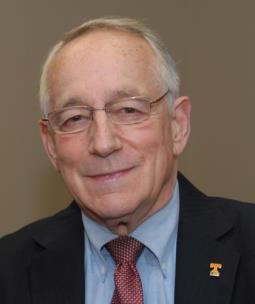
Jerry Summers
As the race for the top spot heads to the finish line on April 13th in the Chattanooga elections, another trip down memory lane might be beneficial to newer members of the municipality’s voting public. (It also might jog the recollections of senior citizens).
(1) With no early voting dates on the calendar the desire to exercise the privilege to choose one’s candidate was often handicapped by long lines, delays, and waits to cast a ballot.
(2) Although the term “Power Structure” may have changed in meaning in this generation the ownership of a $100 back tax property lot in the inner city was often placed in the names of prominent residents of the higher elevations of Lookout Mountain, Signal Mountain, Missionary Ridge and Cameron Hill to establish voting residences in Chattanooga.
(3) The remaining survivors in the subsequent runoffs were quick to seek the support and endorsement of the other non-qualifying office seekers. The losers would all give their public support asking their voters to back their newly chosen candidates “for the good of the City and to move Chattanooga forward under the best leadership.” Post-election results would often reveal what political promises and rewards had been made to help their newly backed allies to reach the magic number of 50% (+1) total.
(4) Until the introduction of television by WDEF in 1954, newspapers, radio and sign companies were the prime beneficiaries of increased revenues during the election cycle.
(5) The political influence of the two local newspapers the Chattanooga Times (Democrat) and the Chattanooga Free Press (Republican) was demonstrated by many voters simply clipping out the approved slate of candidates by each paper to take to the polls and mark their ballots accordingly.
(6) Increased church attendance by candidates at various denominations was noted at each election and additional revenue in the church offerings was received as each aspiring public servant sincerely or politically attempted to secure the votes of the church attendees in the “Buckle of the Bible Belt.” Trucks with ads for a particular candidate were frequently parked across the street from the entrance to what some citizens called the “Power Churches” on Sundays.
Of course, candidates were expected to make a contribution when the offering plate was passed amongst the congregations, irrespective of their religious beliefs or lack of the same.
Prior to the decision in federal court of Brown v.
City of Chattanooga in 1969, candidates ran for mayor and commission seats rather than the present mayoral and nine district seats.
The office of Commission of Fire and Police (and others) presented unique opportunities for fund raising amongst the legal and illegal businesses in the city. High ranking police officials often referred to as “bagmen” (no sexist pun intended) often actively used their law enforcement authority to encourage financial support for their boss or candidate (and themselves) in a variety of activities connected to the electoral process.
Whether any remnants of these and other practices remain in operation today at early voting and election day sites would be a matter of speculation?
* * *
Jerry Summers
(If you have additional information about one of Mr. Summers' articles or have suggestions or ideas about a future Chattanooga area historical piece, please contact Mr. Summers at jsummers@summersfirm.com)